Contents
When it comes to industrial equipment, vacuum pumps and air compression systems are two of the most critical types of machinery. The two technologies have some similarities but also a few significant differences. In this article, we’ll take a closer look at both vacuum pumps and air compression systems, and we’ll explore the advantages and disadvantages of each technology.
Vacuum Pump VS Compressor
Vacuum Pump VS Compressor
The most significant difference between vacuum pumps and air compressors is creating pressure.
This difference in mechanism leads to some critical differences in performance.
Air compressors are better at creating high pressure, while vacuum pumps are better at creating a vacuum.
Additionally, air compressors are more efficient at converting energy into pressure, making them better suited for applications that require high power.
On the other hand, Vacuum pumps are more efficient at removing gas from a sealed system. This makes them perfect for creating a vacuum.
Liquids VS Gases
Liquids VS Gases
Another critical difference between vacuum pumps and air compressors is the nature of the medium they work with.
Air compressors work with compressed air, which is a gas. This means that they can only work with materials in a gaseous state.
Vacuum pumps, on the other hand, work with liquids and gases. This means that they can evacuate both gases and drinks from a sealed.
Applications
Applications
So which technology is better for which application? Air compressors are generally better for applications that require high pressure, while vacuum pumps are better for applications that require a vacuum. Some specific applications where each technology shines include:
Air compressors:
Blowing out dust from machinery, inflating tires, and power washing
Vacuum pumps:
Degassing molten metals, packaging food products, and evacuating medical devices
Efficiency:
When it comes to efficiency, the two technologies are reasonably close.
Air compressors are slightly more efficient at converting energy into pressure.
The compressed air produced with a screw-type air compressor is directly proportional to the electric power input. In other words, screw-type air compressors are more efficient at converting electricity into pressure, making them better suited for applications that require high power.
Vacuum pumps are slightly more efficient at removing gas from a sealed system.
This makes them perfect for creating a vacuum.
Cost:
Air compressors are also typically more expensive than vacuum pumps.
This is because air compressors require a larger motor and more components. Additionally, these components need to be able to withstand much higher pressures.
In contrast, vacuum pumps have a smaller motor and more simple components.
Pressure:
Air compressors and vacuum pumps also have different pressure output ranges:
An air compressor produces a maximum pressure of between 90 and 120 PSI.
On the other hand, a vacuum pump can create a variety of pressures- from negative pressure (ones that are less than atmospheric) to pressure more than ten times greater than atmospheric. This makes them better suited for applications such as evacuating medical devices and creating vacuums in research laboratories
Comparison
Comparison
| Item | Vacuum Pump | Compressor |
|---|---|---|
| Working |
A rotary vane vacuum pump is the most common type. This works by using one or more flat, circular membranes- also known as vanes. While these vanes move, they create an area where gas molecules are separated from each other. This allows the pump to remove all air molecules from a sealed system. |
The most common type of air compressor is the rotary screw compressor. This works by using a large, rotating screw to push air molecules together. Due to the compression, the gas’s pressure and temperature rise. This high-pressure gas is cooled before returning to the compressor to maintain efficiency. From there, it undergoes another cycle of compression. |
| Type | When you look at different vacuum pump types, you’ll notice that each suits various applications. For example:
Rotary Vane Vacuum Pumps: These work by using flat vanes to create an area where gas molecules can separate. This creates a vacuum in a sealed system. Scroll Vacuum Pumps: A scroll pump uses two interlocking scrolls to remove air from a sealed system. Diaphragm Vacuum Pumps: A diaphragm pump creates a vacuum by using a flexible diaphragm. Medical applications predominantly require diaphragm pumps. |
Rotary Screw type Air Compressor Rotary Scroll type Air Compressor Reciprocating Air Compressor Centrifugal Air Compressor |
| Advantages |
|
|
| Disadvantages |
|
|
| Maintenance |
A vacuum pump is a simple machine and does not require much in the way of maintenance. The possible maintenance tasks include:
|
The air compressor requires more frequent maintenance than the vacuum pump. Some of these tasks may include:
|
Both compressor and vacuum pumps have their advantages and disadvantages. It all depends on the situation and what one needs to get done. Compressors are more suited for high-pressure applications, while vacuum pumps provide a suitable method of evacuating large spaces.

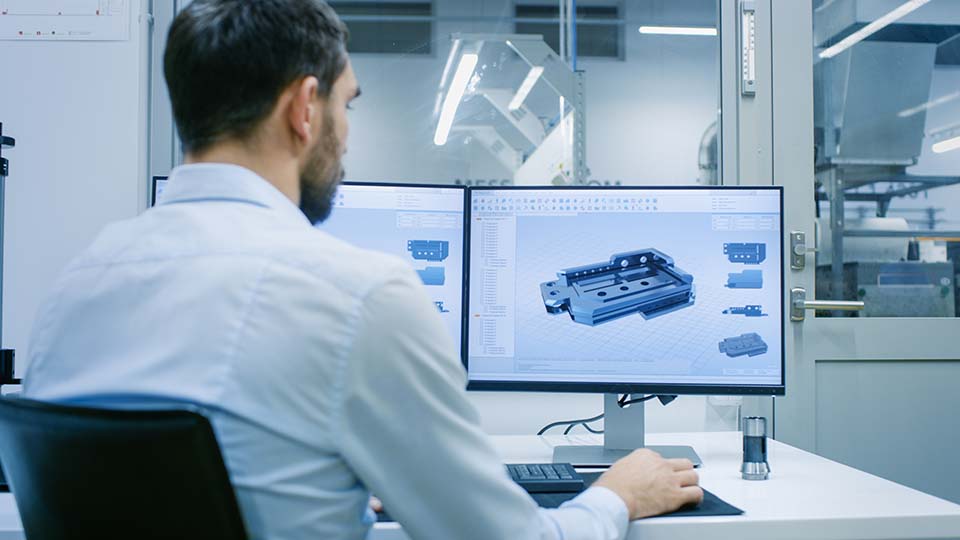
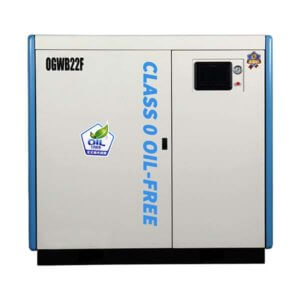
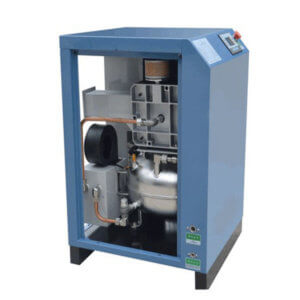
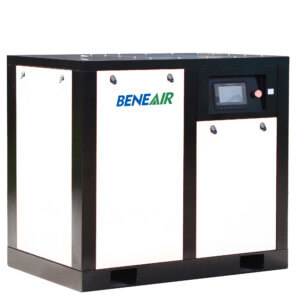
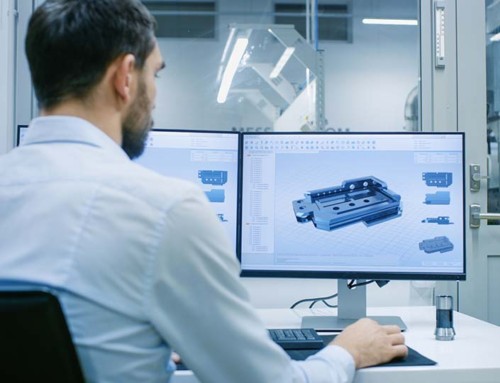

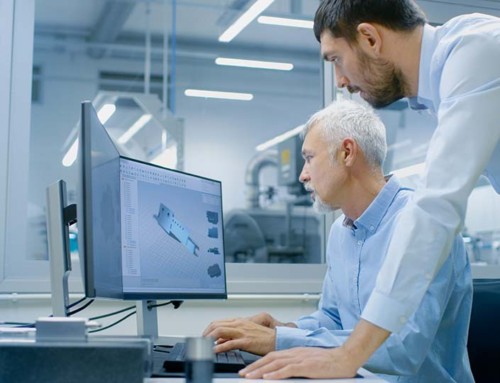
Leave A Comment